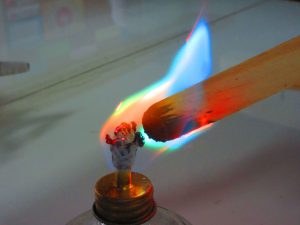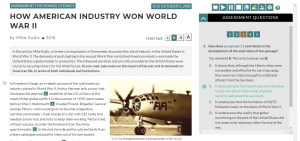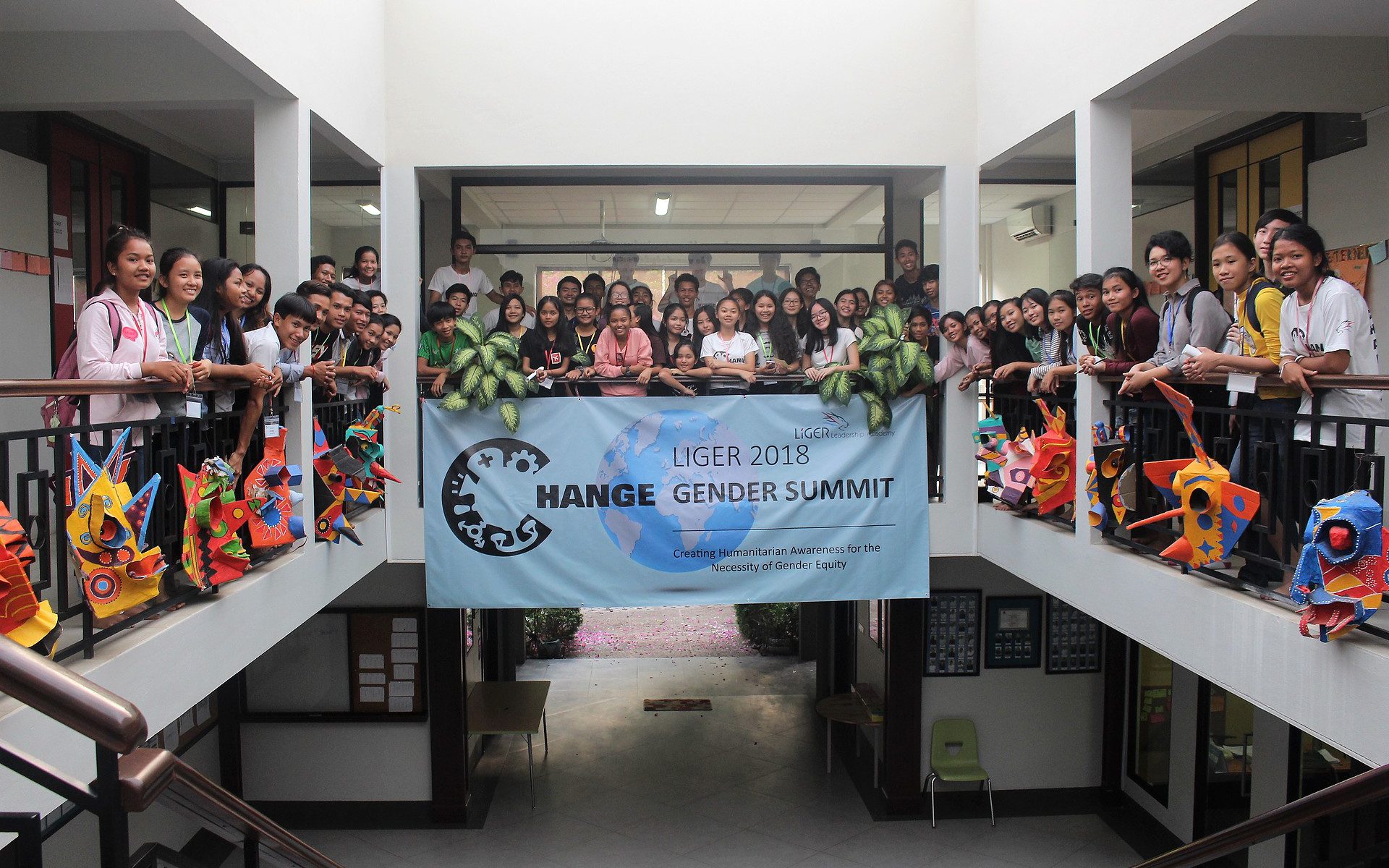Description: This is a research proposal for my personal research project. However, the project has been forsaken because it does go along the field of my interest.
Background
Water is an essential need for all animal on this planet, including human. In fact, approximately 60 percent of our human weight is water. From protecting tissues Spinal Cord and Joints to helping digestion to remove waste, water is playing a huge role in functioning a human body. Therefore, a person needs to drink a least 2 liters of water per day. As such, people need the best quality water possible to stay hydrated and be healthy. However, only 71.16% of the world population has access to safely managed drinking water services in 2015. Yet, this number is increasing, but due to limited infrastructure in a less developed country, the quality of the water is a questionable concern.
Cambodia for instance just came out of a civil war 40 years ago. Therefore, this country is still lacking in many infrastructures. For instance, in 2015, only 24% of the population got access to safely managed drinking water services. However, the main surface water resources in Cambodia, The Mekong River, and the Tonle Sap Lake qualify the WHO standard. Therefore, the water only needs basic treatment such as disinfection.
Water disinfection can be done using many methods including filtration and more. However, the most popular method of disinfection is chlorination: a process of adding chlorine into the water to eliminate pathogens. This method is so popular because it’s inexpensive and it’s very efficient. However, chlorination can only eliminate pathogen to prevent waterborne diseases, yet, it can’t do anything to eliminate any hazardous chemical, such as Nitrate, to prevent other health problems.
All plants and animals need nitrogen as a component of protein. Nitrogen is everywhere in the environment around us in many different forms. Nitrogen is very essential in plant growth; it’s one of the main three elements: Nitrogen, Phosphorus, and Potassium (NPK). Therefore, farmers from everywhere around the world would at use fertilizer with an abandon of these elements on to their crop for more yield. Cambodia for instance, have agriculture as one of the four pillars of the country economy; so in many farmlands around Cambodia, tons and tons of nitrogen have been applied each and every year. Therefore, a large quantity of nitrate is laying around the farmlands. So, in the rainy season, the excess nitrate would get to the surface water source and contaminate the water.
One of the main surface water sources of Cambodia, the Tonle Sap Lake, would expand from the area from 2500km2 in the dry season to 13000km2in the rainy season; thus, it flooded thousand km2of farmlands and circulation of chemical discharges from industry, allow the excess nitrate and other chemicals on the ground to contaminate the water. Furthermore, the rain would not only contaminate the Tonle Sap Lake; for instance, it would also cause erosion which leaks the chemicals residue into many other water sources as well. Therefore, if the contaminated water would’ve been only chlorinated, the nitrate and other chemicals would enter the human body through drinking and accumulate in the human body.
Even though all living things need nitrogen to grow and develop, the excess nitrate-nitrogen wouldn’t do any good for them. For instance, high concentrations of nitrate in drinking water can cause many harmful diseases such as Methemoglobinemia or known as “blue baby syndrome”. Methemoglobinemia happened when nitrate oxidizes the iron in to form methemoglobin which will limit the oxygen-carrying ability of hemoglobin; thus, causing the blood to unable to provide enough oxygen to individuals body cells resulting in blue vain and skin. However, only infants and pregnant women have a high risk of getting Methemoglobinemia because a human body of age six months or older is able to turn methemoglobin back into oxyhemoglobin and allow the red blood cells to provide enough oxygen to the whole body cells. Therefore, it’s important to ensure that the concentration of nitrate in drinking water is less than 10 ml according to the WHO standard.
Hypotheses
- The nitrate concentration level across the country will be lower than 10ml because there is only a small amount of fertilizer residue left on the soil that might contaminate the water.
- The nitrate concentration level around the Tonle Sap River will be higher than any other location due to the expansion of the of the Tonle Sap lake.
Method
In this study, I will collect a tap water sample from their house back in their hometown during the February break of 2019. Then the water will be the water samples will be tested for Nitrate (NO3) in the RDI laboratory. I will collect the concentration level of nitrate in each sample and compare it to the WHO Standard which stated the concentration level of NO3 need to be lower than 10 ml or 10 Parts Per Million(PPM).
Significant
The health of human populations is directly dependent on the cleanliness of available drinking water. Therefore, testing for hazardous chemicals in drinking water is indispensable. Such chemical as Nitrate (NO3) is really dangerous for infants under six months of age; with a high concentration of Nitrate can cause blood disorder which leads to Methemoglobinemia (blue baby syndrome). However, there hasn’t been any research done in Cambodia related to this topic regarding of tap water. So, this research is essential in identifying the quality and the safety of drinking water in Cambodia, to prevent disease such as Methemoglobinemia.
Timeline
| Activities |
Start date |
End date |
| Collecting water sample |
23 Feb |
2 March |
| Testing (at RDI) |
10 March |
15 March |
| |
|
|
| |
|
|
Budgets
The requested fund will be largely spent on testing for Nitrate concentration ($4 per sample).
List of Proposed Purchased Materials and Cost
Nitrate Testing………………………………………………………………………………………$72.00
Works Cited
“Drinking Water Standards and Risk.” Drinking Water Quality, pp. 37–64., doi:10.1017/cbo9780511805387.003.
“Figure 2f from: Irimia R, Gottschling M (2016) Taxonomic Revision of Rochefortia Sw. (Ehretiaceae, Boraginales). Biodiversity Data Journal 4: e7720. Https://Doi.org/10.3897/BDJ.4.e7720.” doi:10.3897/bdj.4.e7720.figure2f.
“Methemoglobinemia: MedlinePlus Medical Encyclopedia.” MedlinePlus, U.S. National Library of Medicine, medlineplus.gov/ency/article/000562.htm.
“Nitrogen.” Fertilizers And Soil Acidity | Mosaic Crop Nutrition, www.cropnutrition.com/efu-nitrogen.
Oram, Brian. “Mr. Brian Oram, PG.” Pennsylvania Well Water Testing Private Wellowners Drinking Water Pennsylvania Ground Water Education Program, www.water-research.net/index.php/nitrate.
Vanny, Leng, et al. “Phnom Penh’s Municipal Drinking Water Supply: Water Quality Assessment.” Sustainable Water Resources Management, vol. 1, no. 1, 2015, pp. 27–39., doi:10.1007/s40899-015-0004-9.
“Water and Sanitation.” UNICEF, www.unicef.org/cambodia/19061_19073.html.
“What Is Chlorination?” Safe Drinking Water Foundation, www.safewater.org/fact-sheets-1/2017/1/23/what-is-chlorination.
Yurtoğlu, Nadir. “Http://Www.historystudies.net/Dergi//Birinci-Dunya-Savasinda-Bir-Asayis-Sorunu-Sebinkarahisar-Ermeni-isyani20181092a4a8f.Pdf.” History Studies International Journal of History, vol. 10, no. 7, 2018, pp. 241–264., doi:10.9737/hist.2018.658.
“Http://Ljournal.ru/Wp-Content/Uploads/2017/03/a-2017-023.Pdf.” 2017, doi:10.18411/a-2017-023.










